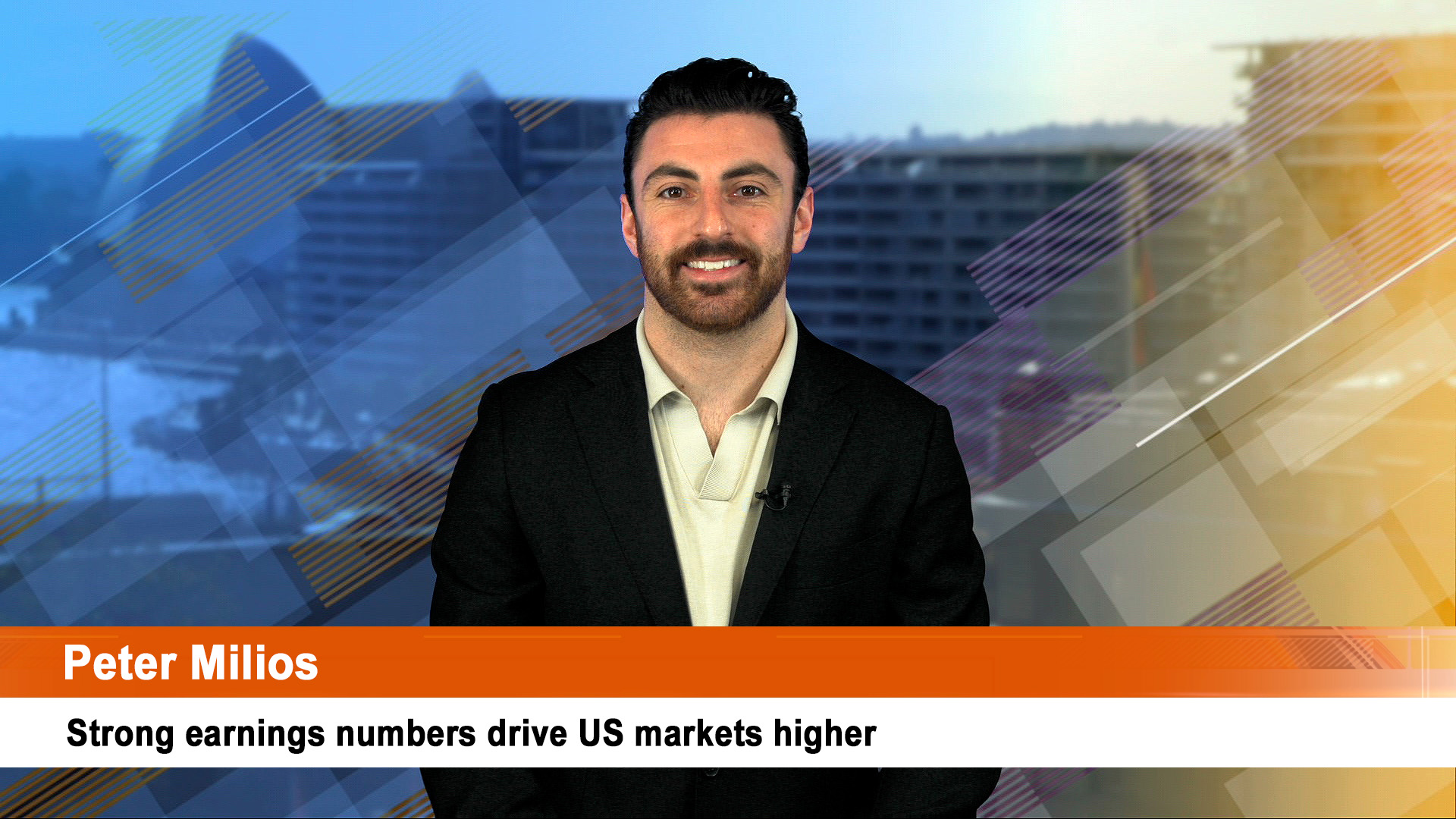A holiday tonight will mean no lead for other markets from Wall Street for the first day of September, which can be a tough month for investors and traders.
Marketwatch.com pointed out on the weekend that while August is typically a weak month for stock market performance (as the falls for all three major measures confirm) September is the only month that, on average, that tops August for being unkind to share prices.
The Dow fell 1.7% in August, the S&P 500 lost 1.8% and the Nasdaq lost 2.6% in August, the worst August performances for all three benchmarks since 2015.
Quoting Dow Jones data Marketwatch that since 1937 the average September performance of the S&P 500 and the Dow is a 1% decline, while the Nasdaq Composite Index has seen an average fall of 0.5%.
But those falls are smaller than we saw in August, so September could be better than at first glance.
But Marketwatch cautioned that when the S&P 500 falls more than 1.5% in August, September can see falls well over 1% and approaching 1.5% – so you have been warned!
Wall Street actually finished August with a rush last week with gains that slashed the losses as they stood a week ago.
The S&P saw a 2.8% rise last week, the Dow gained 3% and the Nasdaq rose 2.7%. Without them, the falls would have been a rough 4% plus for the S&P 500 and 5% for the Nasdaq
Eurozone shares gained 2.8% last week but Japanese shares ended flat after earlier falls and Chinese shares trimmed its losses to -0.6%. Australian shares fell sharply early in the week but ended the week up 1.2%. Australian shares fell 3.1% in August.
The Dow rose 41.03 points, or 0.2%, to close at 26,403.28 on Friday night, while the S&P 500 added 1.88 points, or 0.1%, to finish at 2,926.46. The Nasdaq lost 10.51 points to end at 7,962.88, down 0.1%.
On the data front, US personal income in July rose 0.1% from June, below the 0.3% rise expected by economists. Personal spending rose 0.6%, in line with the consensus forecasts.
Core PCE (Personal Consumption Expenditure) inflation, the Fed’s preferred measures, rose 0.2% in July from June.
Year-over-year, consumer prices rose 1.4%, well below the Fed’s target of 2% and as clear indicator that more rate cuts are needed from the Fed which meets at the end of this month.













